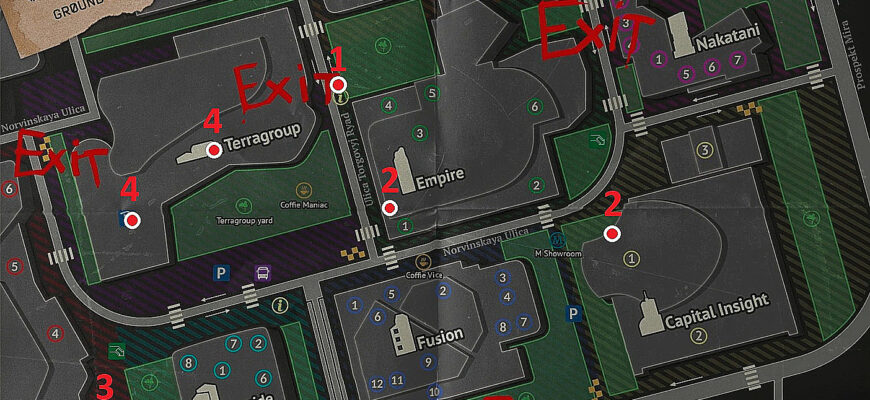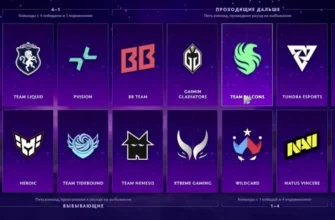In the ever-evolving world of Counter-Strike 2, new challenges emerge with each update, none more prominent than the introduction of fresh battlegrounds. While the thrill of discovering new strategies is undeniable, a curious trend persists: many players, even those dubbed “digital natives,” often gravitate towards the comfort of established arenas. This article delves into the strategic imperative of mastering CS2`s new maps, exploring player psychology, developer intent, and practical approaches to becoming a versatile tactician.
- The Unseen Advantage: Why Map Knowledge Reigns Supreme
- The Comfort Zone Conundrum: Why Players Avoid the New
- Developer`s Vision: The Purpose Behind the New Maps
- Mastering the Uncharted: A Guide to Dominating New Terrains
- 1. Walk the Map in Private
- 2. Learn the Callouts
- 3. Experiment with Utility
- 4. Analyze Pro Play (when available)
- 5. Practice, Practice, Practice
The Unseen Advantage: Why Map Knowledge Reigns Supreme
For any serious CS2 player, map knowledge isn`t merely an advantage; it`s a foundational pillar of competitive success. Understanding angles, common engagements, utility lineups, and precise callouts transforms a chaotic skirmish into a calculated chess match. On long-standing maps like Inferno or Mirage, these elements are practically muscle memory for seasoned veterans, honed over countless hours. However, new maps introduce an entirely different beast, demanding a fresh approach to spatial awareness and strategic execution.
The tactical depth of Counter-Strike hinges on predicting enemy movements and exploiting the environment. Without a deep understanding of a map`s layout, its critical chokepoints, and various flank routes, even the most mechanically skilled player can find themselves at a severe disadvantage. It`s a fundamental truth in competitive play: you cannot consistently out-aim what you cannot anticipate.
The Comfort Zone Conundrum: Why Players Avoid the New
Valve regularly injects fresh maps into the CS2 rotation, aiming to keep the meta vibrant and prevent stagnation. Yet, a significant portion of the player base often treats these new additions with a cautious eye, frequently engaging only for the requisite weekly quest rewards before retreating to their preferred, well-worn battlegrounds. Why this pervasive reluctance?
- Fear of the Unknown: Stepping onto an unfamiliar map is akin to entering a dark room. The absence of established strategies, standardized callouts, and reliable utility can feel profoundly overwhelming and inherently disadvantageous in a high-stakes competitive setting.
- Efficiency Mindset: Many players prioritize quick, efficient matches, and the perceived learning curve of a new map can feel like a significant hindrance to their progress and ranking grind.
- Community Inertia: Pro players and prominent content creators often stick to popular, established maps, which can inadvertently reinforce the idea that newer maps are less “serious” or viable for competitive practice, creating a self-fulfilling prophecy.
- “It`s Not Competitive Enough”: A common misconception that recently introduced maps haven`t been “vetted” enough for high-stakes play, despite Valve`s rigorous testing, balancing efforts, and their inclusion in official map pools.
One might naturally expect the younger generation, often lauded for their inherent adaptability and rapid adoption of new digital landscapes, to be at the forefront of this cartographic exploration. Yet, even the “Zoomers” sometimes prefer the comfortable, well-trodden paths, proving that familiarity, not just novelty, can indeed breed contentment.
Developer`s Vision: The Purpose Behind the New Maps
The introduction of new maps by Valve is rarely a whimsical act; it is a calculated and strategic move designed to achieve several critical objectives for the game`s health and evolution:
- Refresh the Meta: New environments inherently force players to rethink established strategies, promoting creative gameplay, novel team compositions, and actively preventing stale tactics from dominating indefinitely.
- Test Player Adaptability: The ability to quickly learn, understand, and adapt to new layouts and tactical possibilities is a hallmark of truly skilled and versatile players. New maps serve as an excellent proving ground for this essential skill.
- Expand the Competitive Pool: A broader and more diverse selection of viable maps offers increased strategic depth for professional teams and ensures the longevity and freshness of the game`s competitive circuit.
- Address Community Feedback and Experimentation: Sometimes new maps are introduced to experiment with different design philosophies, test new gameplay mechanics, or directly address specific gameplay issues observed on older maps.
Mastering the Uncharted: A Guide to Dominating New Terrains
For those willing to embrace the challenge, actively mastering new maps offers a profound sense of accomplishment and a tangible improvement in overall game sense and tactical acumen. Here`s a structured approach to becoming a versatile tactician on any new battleground:
1. Walk the Map in Private
Launch a private server (or an offline match with bots) and methodically explore every nook, cranny, and elevation. Understand the dimensions, identify all potential peeking spots, common angles, and lines of sight. Critically assess how you would logically attack or defend each area from various positions.
2. Learn the Callouts
The community quickly establishes common callouts for new maps, often a mix of logical descriptions and community-driven shorthand. Pay close attention to your teammates` communications, watch streams of players actively learning the map, or consult online guides. Clear, concise communication is paramount, and standardized callouts form its backbone.
3. Experiment with Utility
New maps inevitably mean new grenade lineups. Dedicate time in private servers to discover effective smokes, flashes, and molotovs that can control key areas, block sightlines, or facilitate entry onto bomb sites. Efficient and precise utility usage can single-handedly win critical rounds and dictate the flow of the game.
4. Analyze Pro Play (when available)
As new maps gain traction in the competitive scene, professional teams will begin to develop and refine their strategies. Watching their demos or live matches can provide invaluable insights into high-level approaches, intricate timings, and advanced utility usage that you might not discover on your own.
5. Practice, Practice, Practice
There is no substitute for hands-on experience. Initially, queue for the new maps in unranked or casual modes to get a feel for the flow of engagements, common pushes, and defensive setups before taking them into the more demanding competitive environment. Consistent play is key to solidifying your knowledge.
The dynamic and constantly evolving nature of Counter-Strike 2 is one of its greatest strengths. While the familiar provides a comforting sanctuary, true mastery and continued growth as a player come from actively embracing the unknown. By diligently engaging with and mastering new maps, players not only enhance their individual skill set but also contribute significantly to a richer, more diverse, and strategically deeper competitive ecosystem. So, step out of the comfort zone, embrace the fresh challenges, and perhaps, discover your next favorite battleground.







